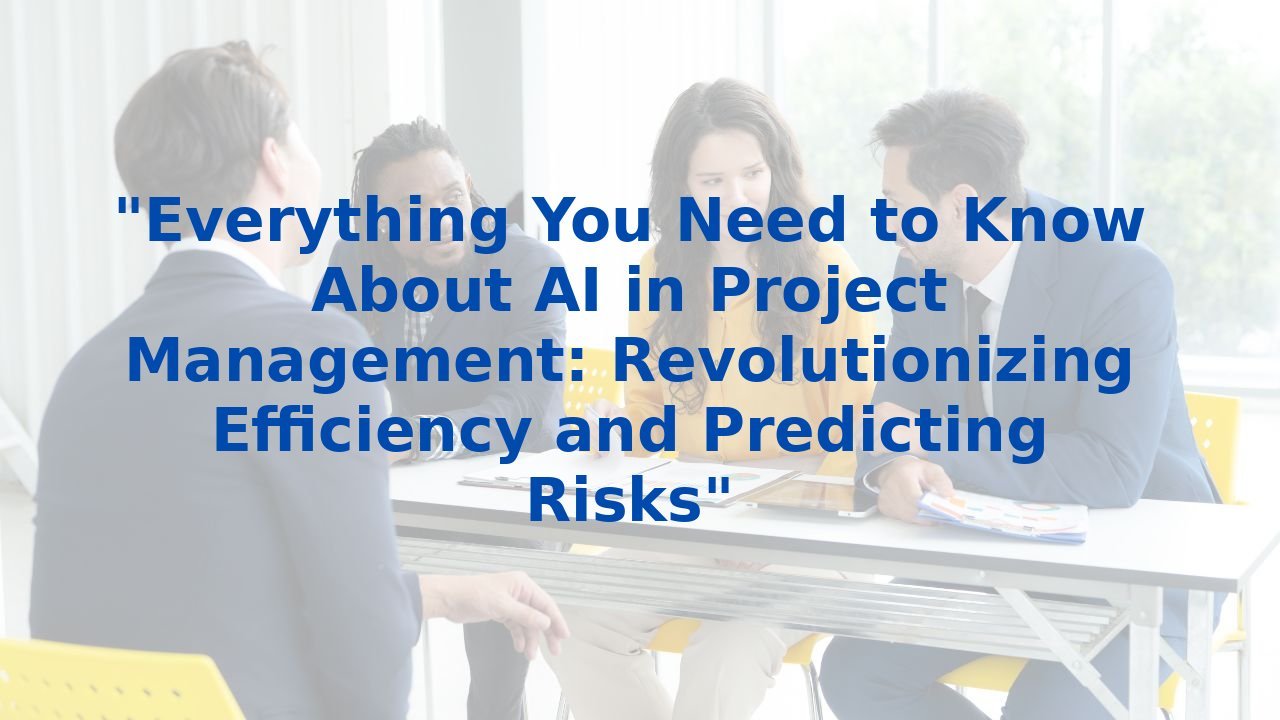Harnessing Operational Analytics: A Guide to Transforming Business Efficiency with AI
Harnessing Operational Analytics: A Guide to Transforming Business Efficiency with AI
In the relentless pursuit of efficiency and growth, businesses are increasingly turning to operational analytics powered by artificial intelligence (AI). This convergence is not merely a trend; it represents a fundamental shift in how organizations harness data to streamline their processes and enhance decision-making. With operational analytics, companies can transform chaos into clarity, leveraging real-time insights to optimize operations and drive sustainable success.
What is Operational Analytics?
Operational analytics refers to the methodology of extracting actionable insights from both customer and operational data in real-time. Unlike traditional analytical approaches that tend to focus on historical data, operational analytics emphasizes immediate decision-making, empowering businesses to react swiftly to changing conditions. By integrating disparate data sources—like point-of-sale systems, supplier networks, and transportation management—companies can identify inefficiencies and bottlenecks in their processes as they happen.
How Does Operational Analytics Work?
The mechanics behind operational analytics are fascinating. At its core, it combines multiple data streams, filtering and analyzing them in real-time. This multifaceted approach utilizes contemporary technologies such as the Internet of Things (IoT), sensor technologies, customer relationship management (CRM) platforms, and enterprise resource planning (ERP) systems. The data is meticulously processed and structured, enabling teams to act on insights promptly, thereby fostering a proactive organizational culture.
The Role of AI in Operational Analytics
Artificial intelligence elevates operational analytics into a realm of unprecedented possibilities. AI tackles complex tasks, such as predictive modeling and data interpretation, with remarkable efficiency. For example, AI algorithms can forecast future market trends, optimize logistical routes, and manage inventory levels, thereby streamlining operations. Such capabilities not only save time and resources but also allow human talent to focus on more strategic initiatives, fueling innovation and growth.
Benefits of AI in Operational Analytics
The advantages of integrating AI into operational analytics are multifold:
1. Real-Time Insights: AI processes massive volumes of data swiftly, providing immediate feedback essential for informed decision-making.
2. Predictive Analytics: By harnessing AI, organizations can anticipate trends and detect anomalies, enabling proactive resource optimization and issue resolution.
3. Automation: Through automation of routine processes, AI frees up employees to engage in high-impact projects, thereby enhancing overall productivity.
4. Enhanced Decision-Making: AI improves the precision and speed of decision-making, optimizing operational outcomes.
5. Continuous Improvement: AI not only identifies inefficiencies but also generates actionable insights that encourage ongoing enhancements in operations.
Training Employees for AI
However, to fully harness the potential of AI in operational analytics, dedicated training for employees is fundamental. Implementing AI is only half the battle; understanding how to leverage its strengths is equally important.
1. Understanding AI Concepts: A foundational knowledge of AI technologies equips employees to better interpret insights provided by AI systems.
2. Data Analysis Skills: Investing in data analysis and visualization training empowers teams to derive value from AI-generated insights.
3. Automation and Workflow Integration: Educating employees on the seamless integration of AI into existing workflows ensures smooth and effective automation.
4. Continuous Learning: Fostering a culture of continuous learning supports employees in staying ahead of advancements in AI technologies.
Implementing Operational Analytics with AI
To unlock the full power of operational analytics through AI, organizations must establish a robust data strategy:
1. Data Integration: Ensuring seamless data integration from various sources offers a unified perspective of operations.
2. AI Implementation: A phased approach to implementing AI solutions across departments allows for gradual adaptation and acceptance.
3. Employee Training: Committing resources to employee training guarantees effective utilization of AI tools and systems.
4. Monitoring and Feedback: Regular assessments of AI performance and proactive adjustments ensure optimal efficacy.
Conclusion
The fusion of operational analytics and AI offers an extraordinary opportunity for organizations striving for efficiency and excellence. Companies that embrace this powerful combination stand to gain a competitive edge in an ever-evolving marketplace. Through real-time data utilization and AI-driven insights, businesses can refine their operations and enhance decision-making processes, leading to better outcomes. As we venture further into the AI-driven future, investing in both technology and employee training will be crucial for achieving operational excellence and sustained growth.



